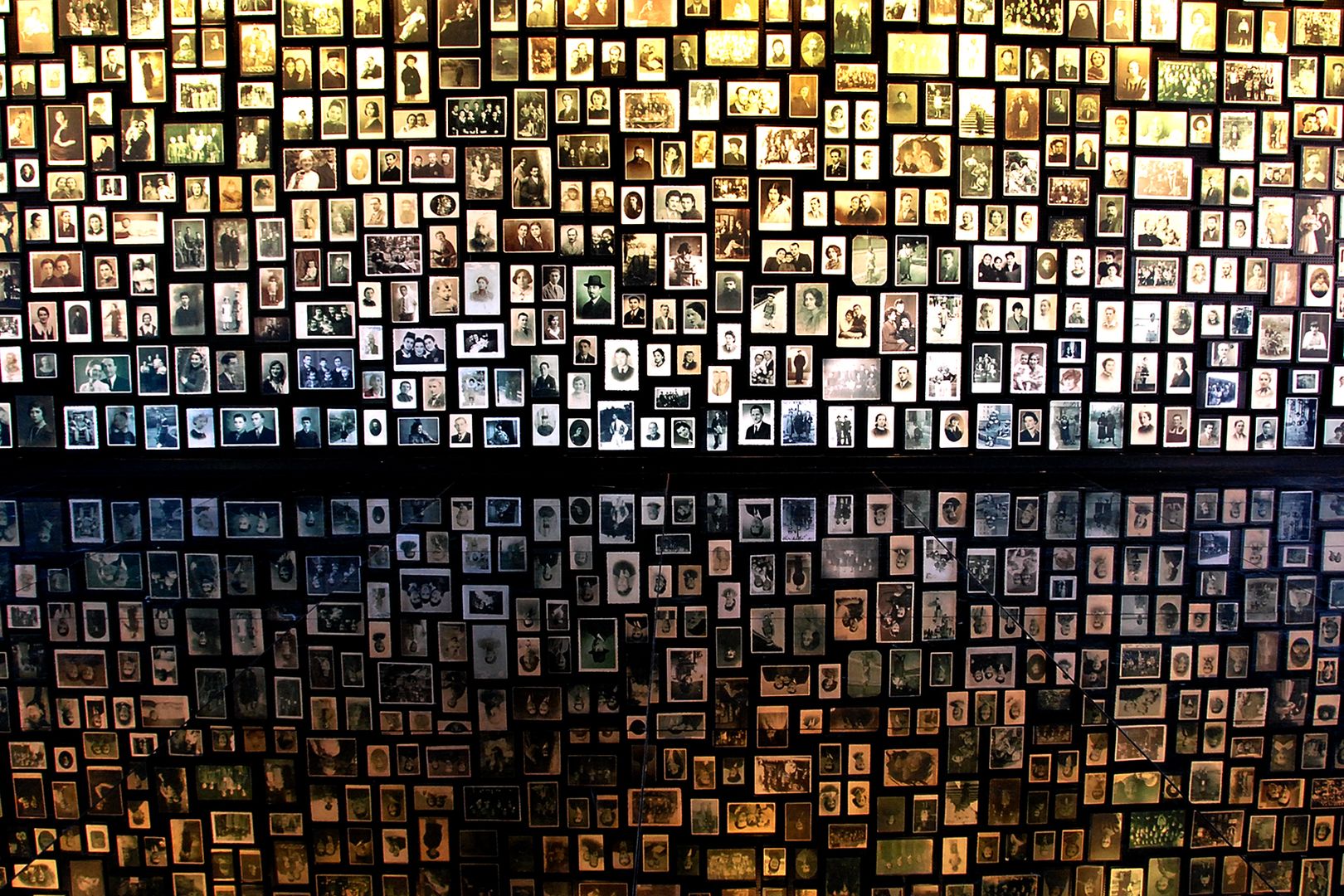The Auschwitz-Birkenau State Museum in Oświęcim
7.35

Overview
The Auschwitz-Birkenau State Museum in Oświęcim, established in 1947 by former prisoners, aims to preserve the remains of the German Nazi Auschwitz-Birkenau camp. The museum encompasses Auschwitz I Stammlager and Auschwitz II – Birkenau, with over 150 buildings, around 300 ruins, original roads, and the railway ramp. Its collection also includes archival materials that survived the evacuation and more than 100,000 movable objects, including personal belongings of the prisoners. The museum maintains a permanent exhibition and several national exhibitions organized by countries commemorating their victims. It holds significance not only locally but also internationally, as confirmed by the establishment of the International Auschwitz Council in 2000. The museum has seen growing interest, reaching a record number of over 2.3 million visitors in 2019, making it the most visited former camp in Europe. Its activities include conservation, education, and other commemorative efforts, such as organizing observances for the International Holocaust Remembrance Day on January 27. The museum has received numerous awards: the Commander's Cross with a Star of the Order of Polonia Restituta, inclusion on the UNESCO World Heritage List, and the Papal Rose from Benedict XVI. In 2009, it was awarded the Gold Medal for Merit to Culture – Gloria Artis, highlighting its role in culture and education. The museum collaborates with many institutions worldwide, including Israel's Yad Vashem and the United States Holocaust Memorial Museum, and serves as a vital center for Holocaust remembrance and a place for reflection on history and its consequences.
Location
Tickets
Powered by GetYourGuide
2025 Wizytor | All Rights Reserved